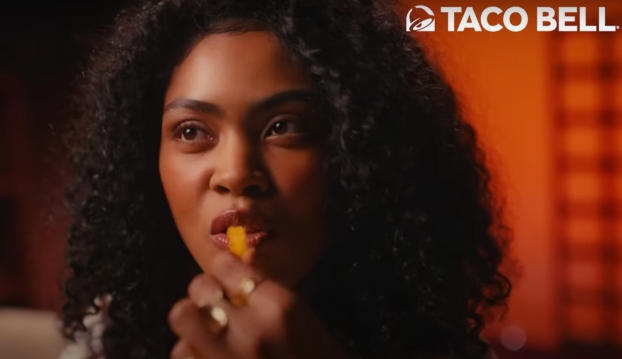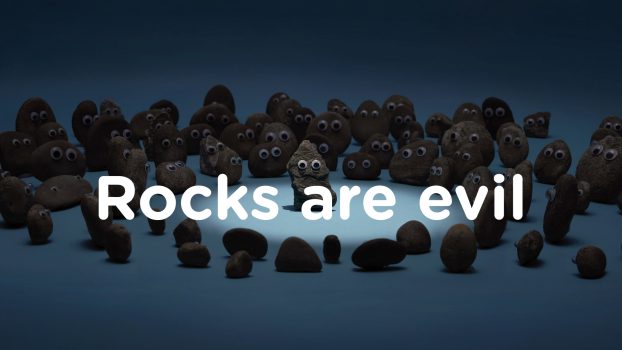By Marc Stoiber
Hyper-innovation is something most of us intuitively “get” from our exposure to tech. Just think of the endless tweaks, iterations and updates that flow across our screen every day. Those are the consumer faces of a never-ending test and tweak cycle enabled by constant monitoring and feedback loops.
As a concept, however, it took my colleague Kevin Corkum to put it on my radar. Corkum, a renaissance man whose entrepreneurial ventures include both digital and traditional bricks-and-mortar brands, believes tech has unleashed a beast of constant iteration and innovation that will rapidly change consumers’ expectations, and send many venerable brands to the glue factory.
In his words: “Today, consumers aren’t waiting for new seasons, new launches – they want constant new, constant updates, constant improvement. That may be greens’ fees in tech, but it’s spreading to other sectors as well. You can drive your Tesla into the shop anytime for a software update that improves cruise control, for example. So where does that leave my VW – it wasn’t designed to be constantly upgraded. If I want a new model, I have to wait until next year.”
I’m fascinated by hyper-innovation’s impact on sectors that, unlike tech, require massive retooling to effect even small changes. What would happen if your favourite detergent went through 50 bottle updates a year? Surely the retooling costs would sink the company.
Companies will need to embody a much more fluid corporate personality to succeed in a climate of constant iteration. The leader with a grand vision for the future will be replaced by people who are happy to roll out smaller ideas and evolve them without remorse for what they leave behind.
The hyper-innovative company will also borrow heavily from maker culture. Imagine a corporation building “rough models” for fans to try out again and again, adding features here, taking features away there, crafting and tinkering tirelessly.
With all this, the concept of product longevity will go away. And as no-longer-quite-new products begin to iterate furiously to hold consumer attention, there’s a real danger they’ll lose their sense of self and become bloated with new features to please perennially dissatisfied consumers — at which point, they’ll crash and be replaced by leaner, more focused products.
Consumers (or co-creators, as I think they’ll increasingly become known) will welcome some of these shifts, but bemoan others. Products and services will be constantly tailored to their changing needs. But the brands themselves might possibly cease to become “shorthand” for things consumers trust. Last week, you turned to deodorant X because it promised ultimate dryness. This week, it’s become the deodorant with more fruit scents. You’ll feel cut adrift, constantly looking for something you can hold onto.
Even the young aren’t immune. In addition to consulting, I teach marketing at a university. This semester, I brought a complement of startup tech companies for whom my students could create marketing plans.
Even the students — average age 22 — were perplexed at the fluidity the startups embodied.
The founders would arrive with products that seemed pointless one week, only to have completely new prototypes crafted seven days later. It was nearly impossible to get a bead on old-fashioned concepts like brand attributes, brand values and target market, not to mention nailing down revenue models. Putting together marketing plans was challenging, to put it mildly.
In my new book, Didn’t See It Coming, I devote an entire chapter to the effect this constant state of product — and, by extension, brand — flux is going to have on consumers. As humans, we’re used to learning curves. You get a new device, bumble along as you figure out how to make the damn thing do what it’s supposed to, and then you start to feel smarter as you gain proficiency. Eventually, you reach the learning curve’s peak. You’re the king of the world and ready to take on another challenge.
But what if your device is rendered obsolete before you’re halfway along the learning curve, and you’re back to square one with the new version? Now, multiply that by every device you own, every operating system you work with, and every app people say you simply can’t live without.
Suddenly one little learning curve becomes a tidal wave of curves that buries you. Too many improvements to absorb, too many updates to install, too many new ways to get the old job done. You’ve been sentenced to life as a newbie, feeling perennially stupid and incompetent. Worse still, you can’t stop the train and get off, for fear of being left behind in the Luddite dust.
You’re condemned to spending the rest of your life at the bottom of the stupid curve.
I believe consumers love newness as much as they loathe the stupid curve. It’s an uneasy relationship, but I don’t see it leading to anyone putting on the brakes.
Instead of plunging into frantic brand strategy iterations to keep up with product development, smart strategists will be looking for perennial qualities upon which to anchor their brands. The old adage “The more things change, the more they stay the same” will take on a whole new meaning.
It’s not an unfamiliar concept. In turbulent times, people gravitate to safety and security. They need to trust. As the products they love change beyond recognition, they’ll want to know the company behind them has values as steadfast as a lighthouse in a storm.
Therein lies the challenge — and the possible undoing — of many brands that are swept up in hyper-innovation.
Will you be able to keep your brand stable in the storm, or be capsized by the turbulence?
 Marc Stoiber is a creative strategist and brand consultant who recently published Didn’t See it Coming.
Marc Stoiber is a creative strategist and brand consultant who recently published Didn’t See it Coming.
Top image courtesy of Shutterstock
























